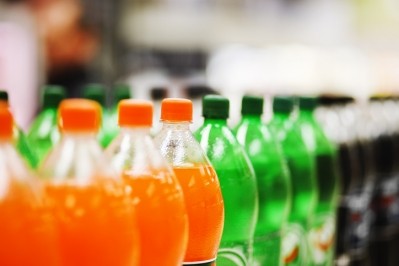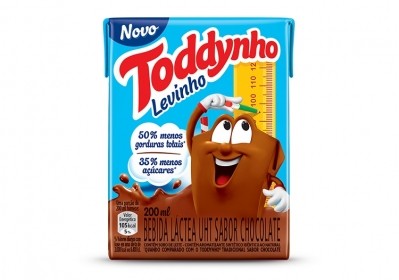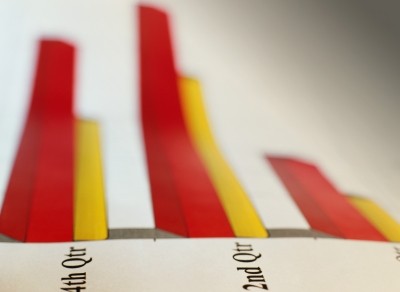PepsiCo: Brazil's fruits and roots have the 'potential to be introduced to the world'

In 2017, PepsiCo generated US$63.5bn in net revenues and injected US$737m back into R&D across all regions and product categories globally. As a region, Latin America includes two of PepsiCo's most important global markets – Mexico and Brazil – which are home to the company's three regional R&D centers: its Baking Category Innovation Center in Apodaca, Mexico; a Tech Center in Mexico City; and the Sorocaba Tech Center in Sao Paolo, Brazil.
Native ingredients focus
PepsiCo's Sorocaba R&D center was opened in August 2017 as a multi-category technical center for product development in snacks, cookies and crackers, dairy products, grains and beverages. It is PepsiCo's 12th and newest global R&D center and the only one specialized in developing foods with native ingredients from South America.
Speaking to FoodNavigator-LATAM, Carmela Rivero, VP of R&D for PepsiCo Latin America, said work at this center primarily focused on long-term innovation using such ingredients.
“What we have noticed is that consumers are looking more and more for local items that are healthy, but which at the same time are delicious and indulgent. Our idea now is to explore new tastes and textures. Imagine, for example, being able to process cassava and polenta into snacks or even developing new, innovative products based on beans, native fruit, sweet potatoes and mandioquinha. With the Tech Center, all of this will be possible,” Rivero said.
“...We will make use of the region's biodiversity which is already part of South Americans diets, such as cassava, yams and açaí... Brazilian fruit and roots, such as açaí, beets and arrowroot have the potential to be introduced to the world.”
Globalizing products containing these native ingredients, Rivero said, would rely on the capabilities of its 'seasoning team' - a group of specialists in aromas and flavors from different countries. This team, she said, decided on final aromas for global brands to ensure local taste preferences were addressed.
Before the prototype...
But ahead of all this, understanding the consumer was a key focus for PepsiCo's R&D team, Rivero said, particularly when it came to finding out more about their needs, eating occasions and product problems.
“We do extensive consumer research to make sure that we have a deep understanding to these questions before we move into creating prototypes. Our development team consists of a range of R&D professionals from culinary experts, to food scientists and processing engineers to packaging designers who work together to make sure that we are bringing the right product proposition to the consumer.”
“...From an R&D perspective, our capability to translate deep consumer insights into delightful products is probably one of our most significant competitive advantages.”
Another focus for the team, she said, was to ensure new products delivered sustainable growth, and nutrition-driven product development was a key part of this goal.
“The focus in each market varies depending on our position in the market and our product mix. In many markets, our nutrition business is a key area of focus as we work on growing our 'everyday nutrition' products. Everyday nutrition products include whole grains, fruits, vegetables, protein, low-fat dairy, as well as calorie-free hydration, such as water and unsweetened tea,” Rivero said.
One example of nutrition-driven R&D launched out of LATAM, she said, was PepsiCo's Quaker multigrain and seeds under the brand 'Super Food' in Chile that was now being expanded across a larger geography due to its success.
Future farmer benefits

Rivero said PepsiCo was Brazil's largest agro consumer, purchasing around 120,000 tons of potatoes; 20,000 tons of corn; 25,000 tons of oats and 27,000 tons of coconut every year. Increased use of native ingredients, therefore, would have a big impact on the local farming community, she said.
“PepsiCo believes there will be a benefit not only for the company and consumers, but also for the farmers who are investing in planting local ingredients. The fact that food production is on a large scale will encourage the specialized farming of lots of native products.”
She said PepsiCo would also continue its programs like its Sustainable Farming Initiative, aimed at encouraging improved farming practices.












